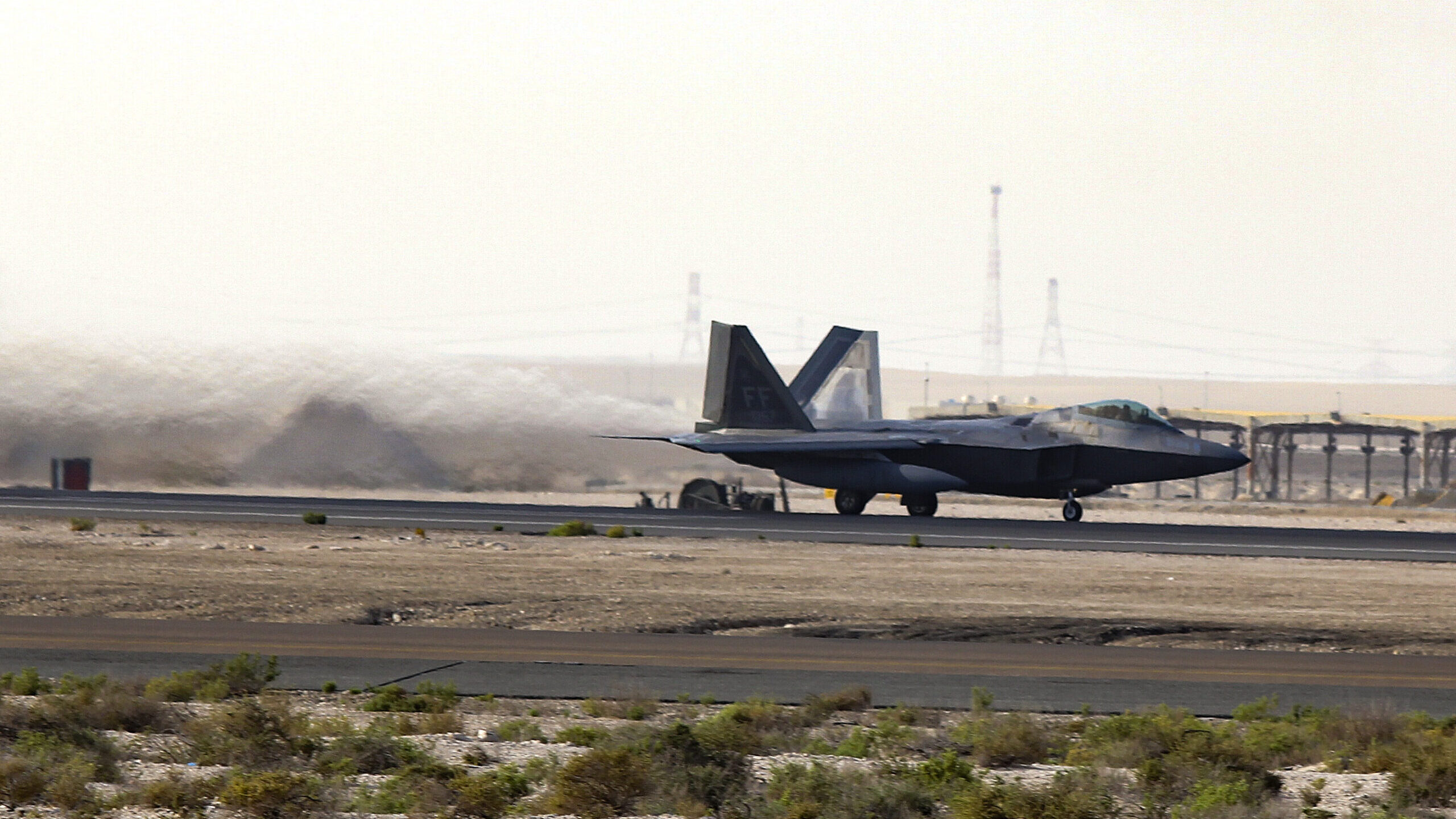Space Force picks up pace of on-orbit refueling experiments
Space Systems Command is moving out with a trio of projects — contracting with Northrop Grumman for two separate experiments, and with Astroscale US for the first on-orbit refueling operation involving a military satellite.

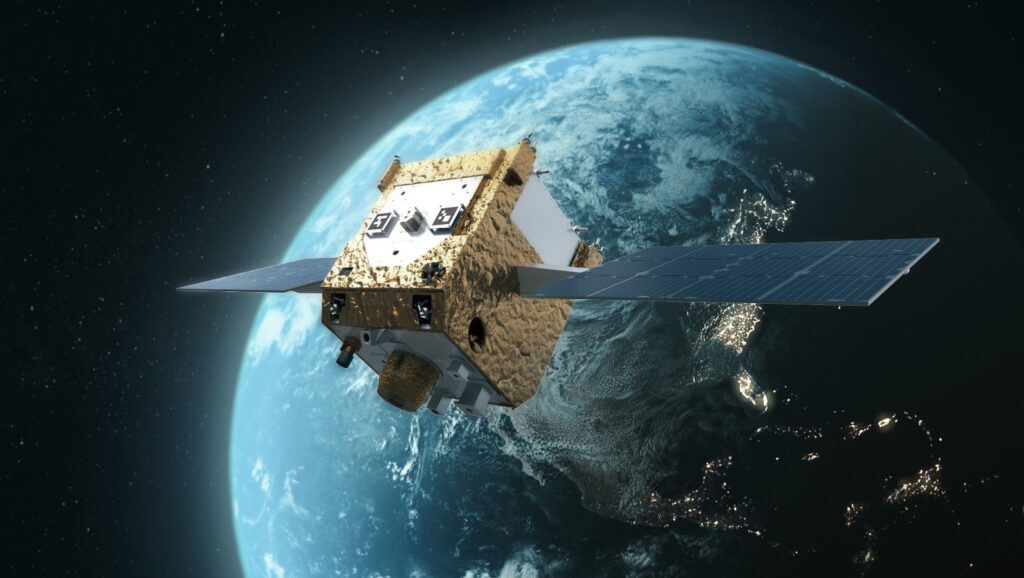
Astroscale US’s Refueler spacecraft will perform the first-ever on-orbit refueling of a military satellite in 2026. (Image: Astroscale US)
SPACE SYMPOSIUM 2025 — The Space Force has stepped up the pace of experiments aimed at proving the technical feasibility of on-orbit satellite refueling, even as it continues to consider the “business case” for such capabilities both in the near- and medium-term.
Lt. Gen. Philip Garrant, head of Space Systems Command (SSC), said this week the service’s acquisition community is working closely with Air Force Research Laboratory and industry to figure out whether the concept has enough military utility to warrant serious Pentagon investment now or in the future.
“I look at it as a problem in two phases. I think we have a near-term problem where we have legacy satellites that can’t maneuver without regret, have limited ability to refuel or be refueled. So, I think we have a case to make where we have to be able to to add ability to these satellites, whether you latch on another satellite that provides the power, whether you have the means to refuel a satellite,” he told reporters at the annual Space Foundation Space Symposium in Colorado Springs, Colo. (“Maneuver without regret” is a Space Force term of art for satellites being able to change position relatively fast, far and often without worrying about using up all their on-board fuel.)
Further, refueling capability could be important for satellites performing space domain awareness missions, like the Geosynchronous Space Situational Awareness Program (GSSAP) constellation, as well as for future warfighing in space, he said.
“Clearly, if we’re going to have an offensive or defensive capability, [a satellite] has to be able to maneuver to the target or maneuver to the high value asset that it’s defending,” Garrant noted.
On the other hand, Garrant said, that situation may change “in a generation, 10 to 15 years.” Within that time frame, satellites may have “modern propulsion systems where fuel isn’t the limited capacity: new novel types of batteries, new novel types of propulsion.”
In the end, he said, it may be cheaper for the Space Force to wait for those new types of satellites to come to fruition, and in the meantime move missions to smaller, cheaper satellites with short lifespans that are relatively easy to just replace.
Thus, the Space Force is trying to asses “what can we do affordably now in the near term, where we’re dealing with legacy capabilities that may not be backward compatible. And then where are we going to look going forward?” Garrant said.
Experiments Going Ahead
To help in that effort, the service is moving out with a trio of projects — contracting with Northrop Grumman for two separate experiments, and with Astroscale US for the first refueling operation involving a military satellite. Both programs will involve satellites in geosynchronous Earth orbit (GEO) where the GSSAP satellites are stationed along with many national security birds.
On April 2, the Space Force tapped Northrop Grumman for a technology demonstration of the Elixir refueling payload, “which will enable the Space Force to refine tactics and procedures for rendezvous and proximity operations, docking, refueling, and undocking of on-orbit vehicles — foundational capabilities for servicing, mobility and logistics,” according to a company release.
Under the contract, the company “will design, build and integrate a refueling payload onto a space vehicle and demonstrate refueling with a demonstration client satellite,” the release added.
The contract is worth $70 million, an SSC spokesperson told Breaking Defense, and if the demonstration is successful, it “may lead to future contracts that build on the refueling mission.”
Under a separate contract, Northrop Grumman “has been awarded a multi-unit award of four of the company’s proven ESPAStar spacecraft, one of which will host the refueling demonstration payload on its ride to space.”
Astroscale US on Tuesday announced that it will conduct two refueling operations for the Space Force “in the summer of 2026.” The mission “will demonstrate the ability of commercial Servicing, Mobility and Logistics providers to deliver on-orbit capabilities supporting the warfighter,” the release said.
The 300-kilogram “Refueler APS-R” spacecraft will be the first “to conduct hydrazine refueling operations above GEO and will be the first-ever on-orbit refueling mission supporting a DoD asset,” the announcement added.
“We’re not just enabling a refueling mission — we’re laying the groundwork for scalable, flexible logistics across space,” said Ian Thomas, Astroscale’s program manager for Refueler.
The operation is being jointly funded by the company and the service, Ron Lopez, Astroscale US president, told Breaking Defense on Thursday.
“We are investing $13 million of our own money, which is a significant sum for a small company,” he said.
“We’re doing that because we believe that there is a future market for refueling, both commercial but first and foremost, for national security assets, he said.
“Having an anchor tenant like the DoD, which is the equivalent of patient capital that we need to get these capabilities across that [technology readiness level] valley of death, is critical so that as we continue to develop this technology, and commercial customers see that this is now real. It helps get the flywheel in motion of that virtuous cycle of co-investment from the private sector.”
Lopez explained that the deal covers six months, during which the APS-R will rendezvous with one of the Space Force’s Tetra-5 microsatellites being designed to demonstrate autonomous rendezvous and proximity operations, including docking. The APS-R’s design life, however, is three years and the spacecraft will remain on orbit for the company potentially to use in other refueling operations for other customers.
































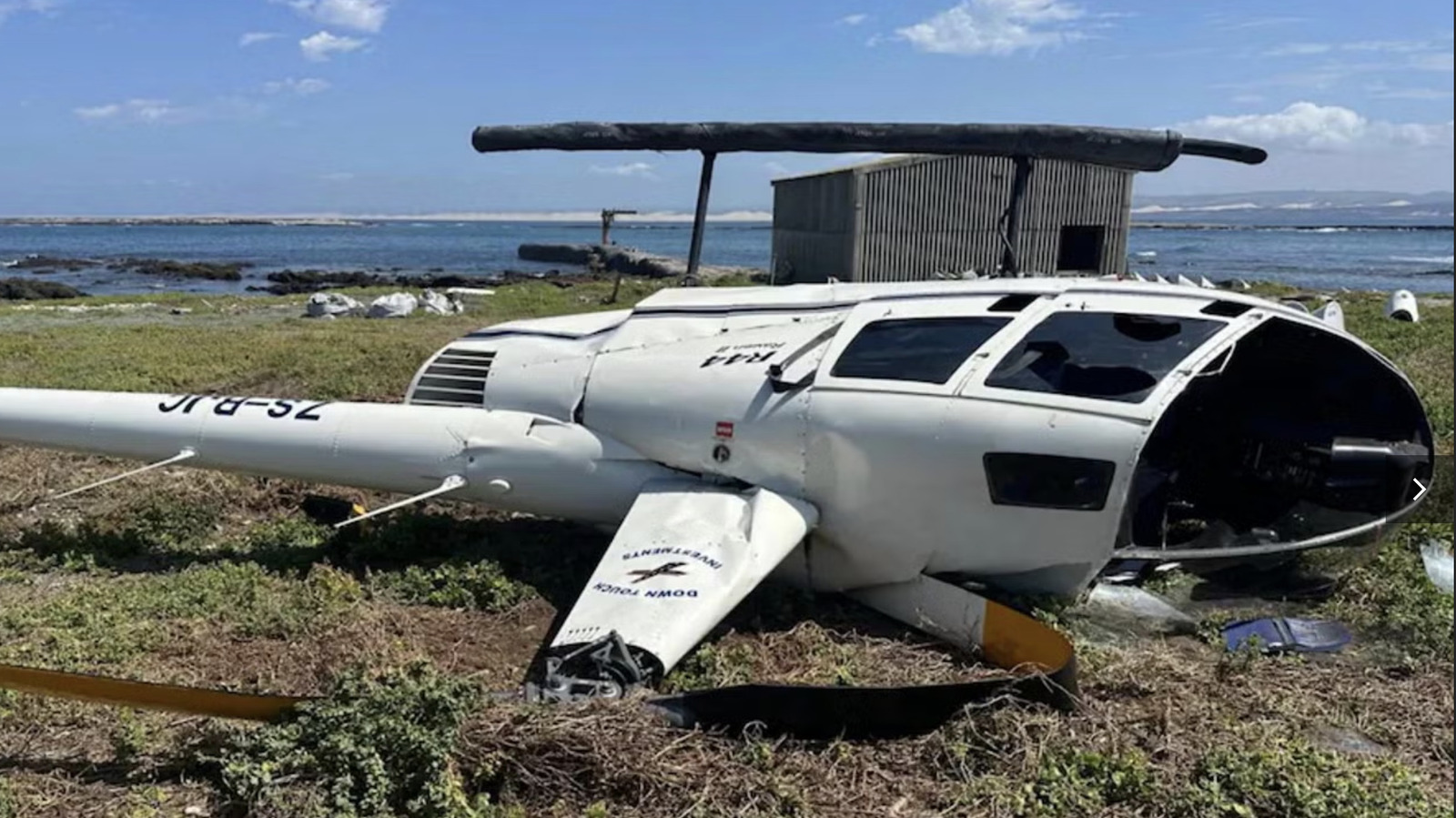










































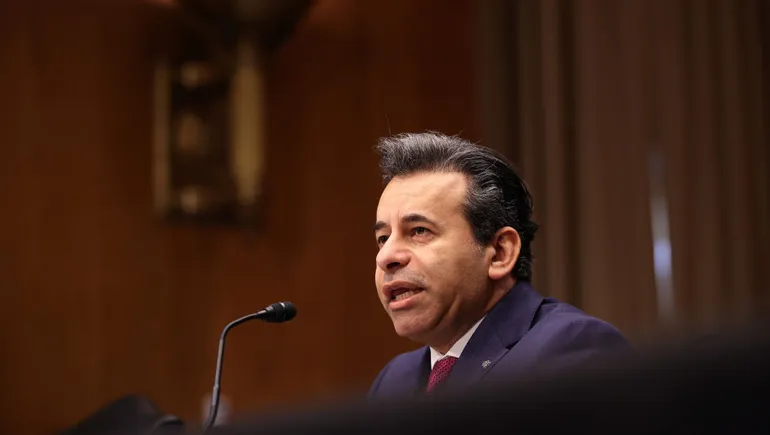

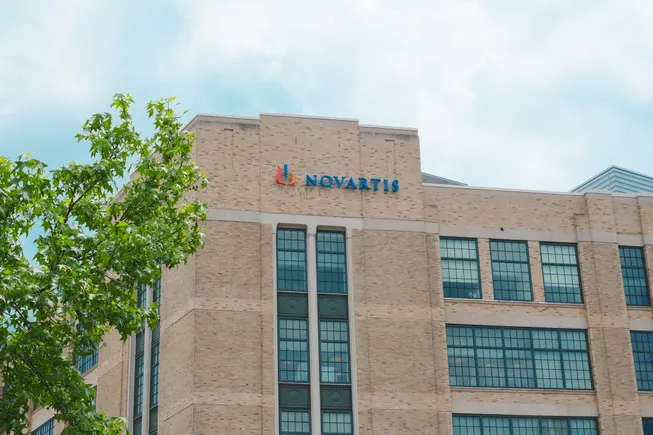













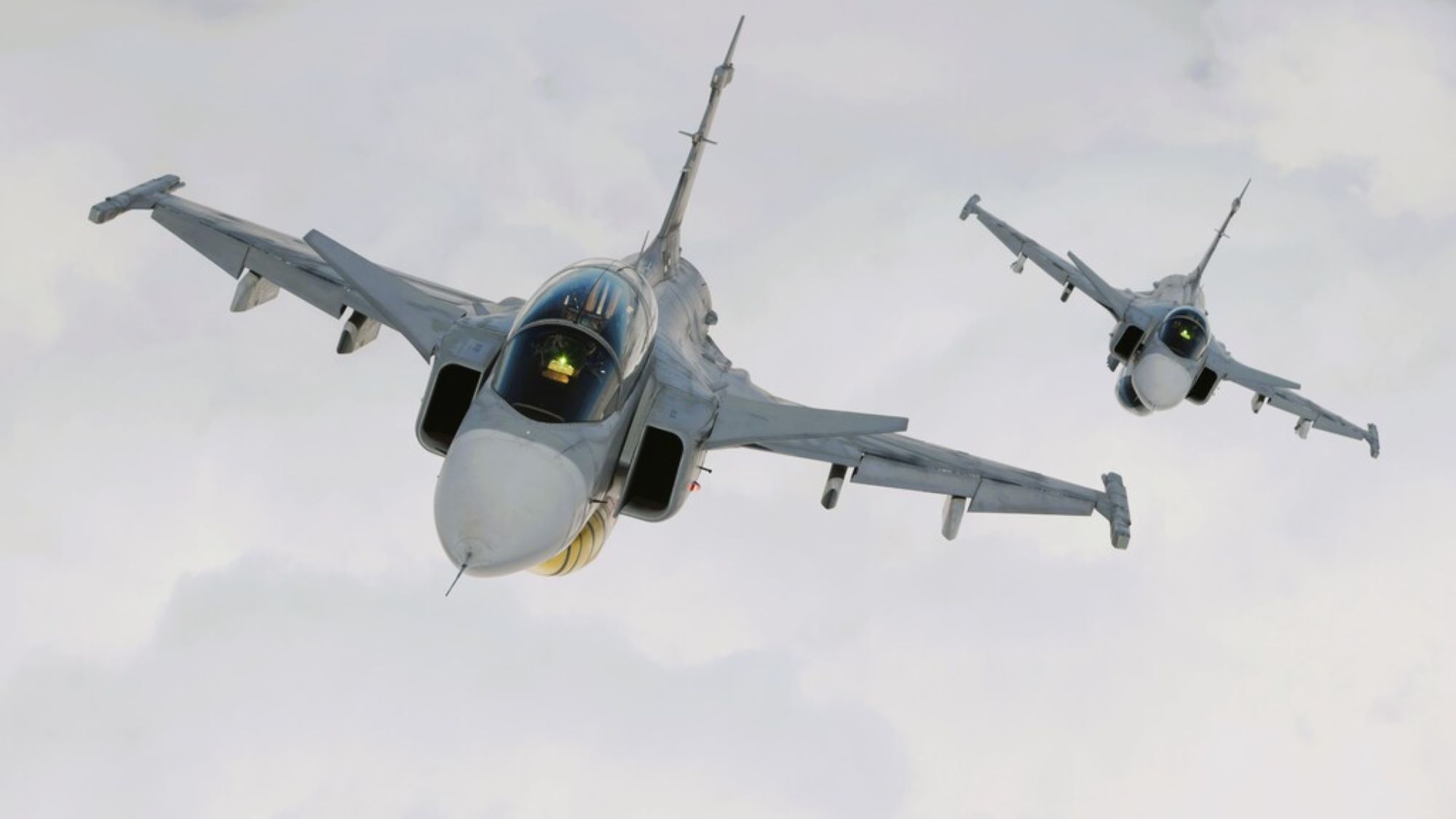


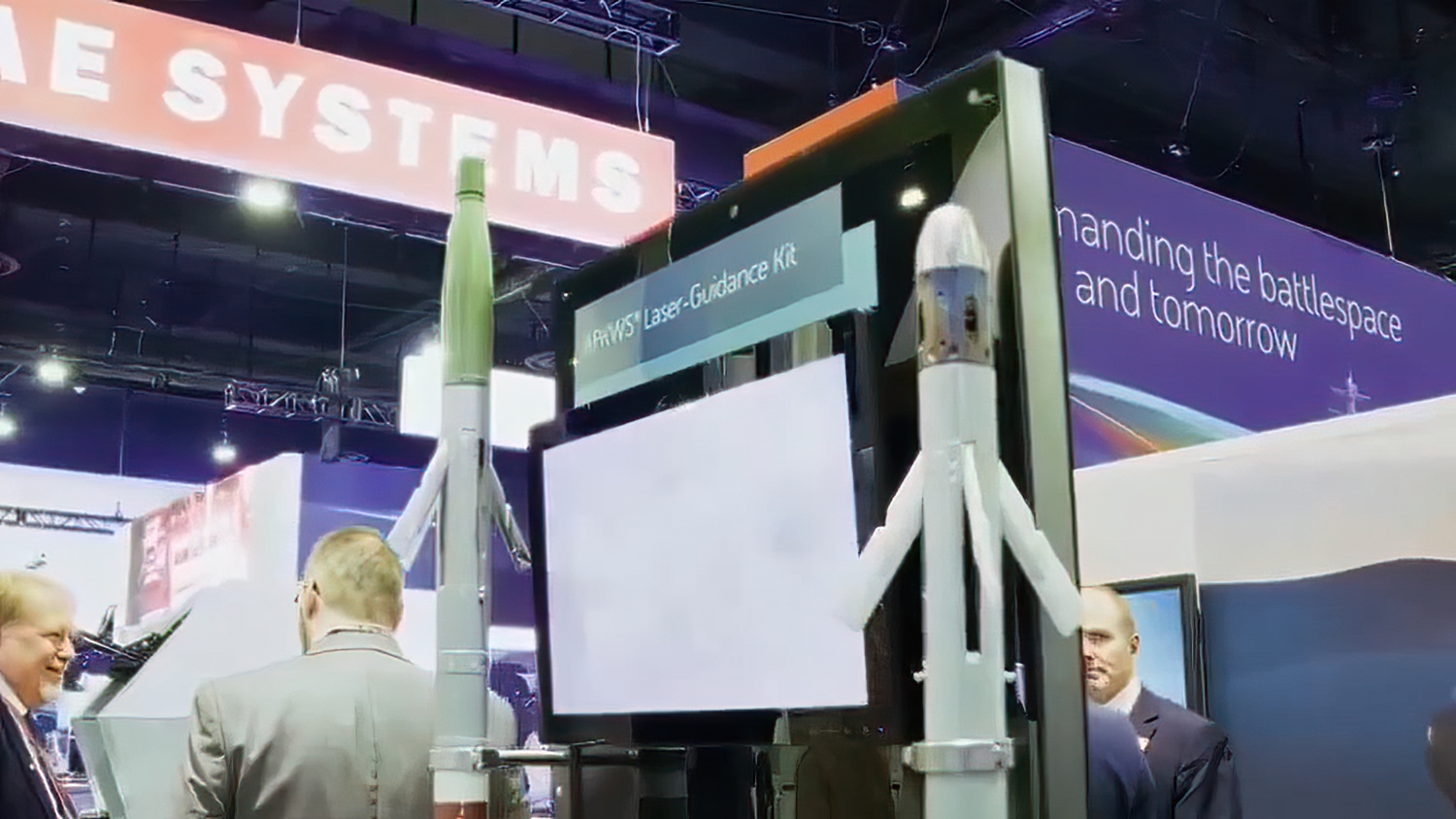


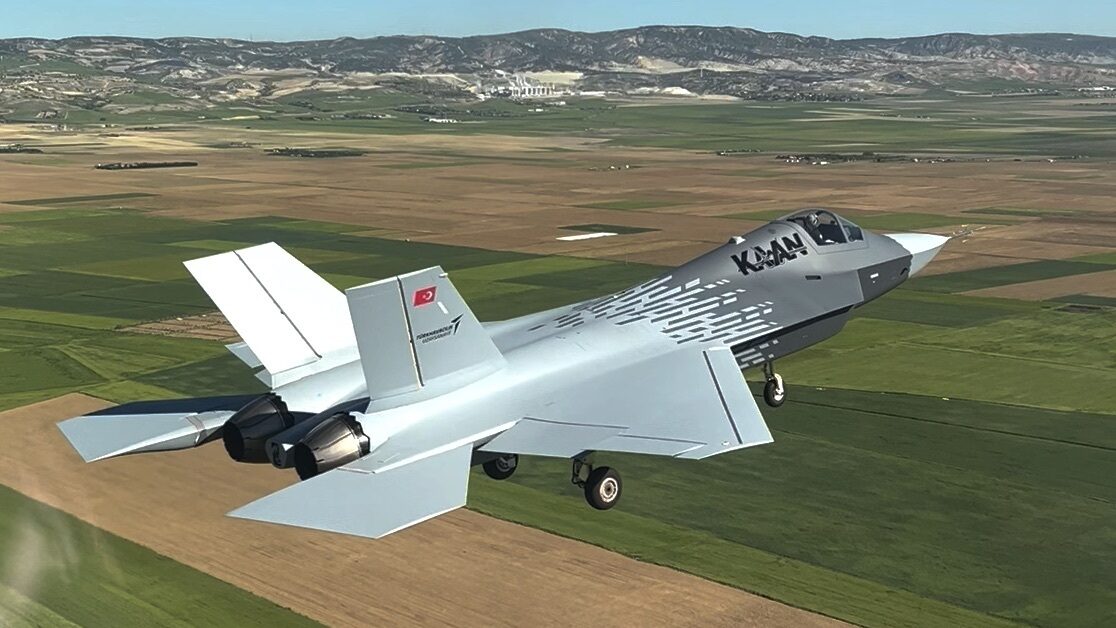
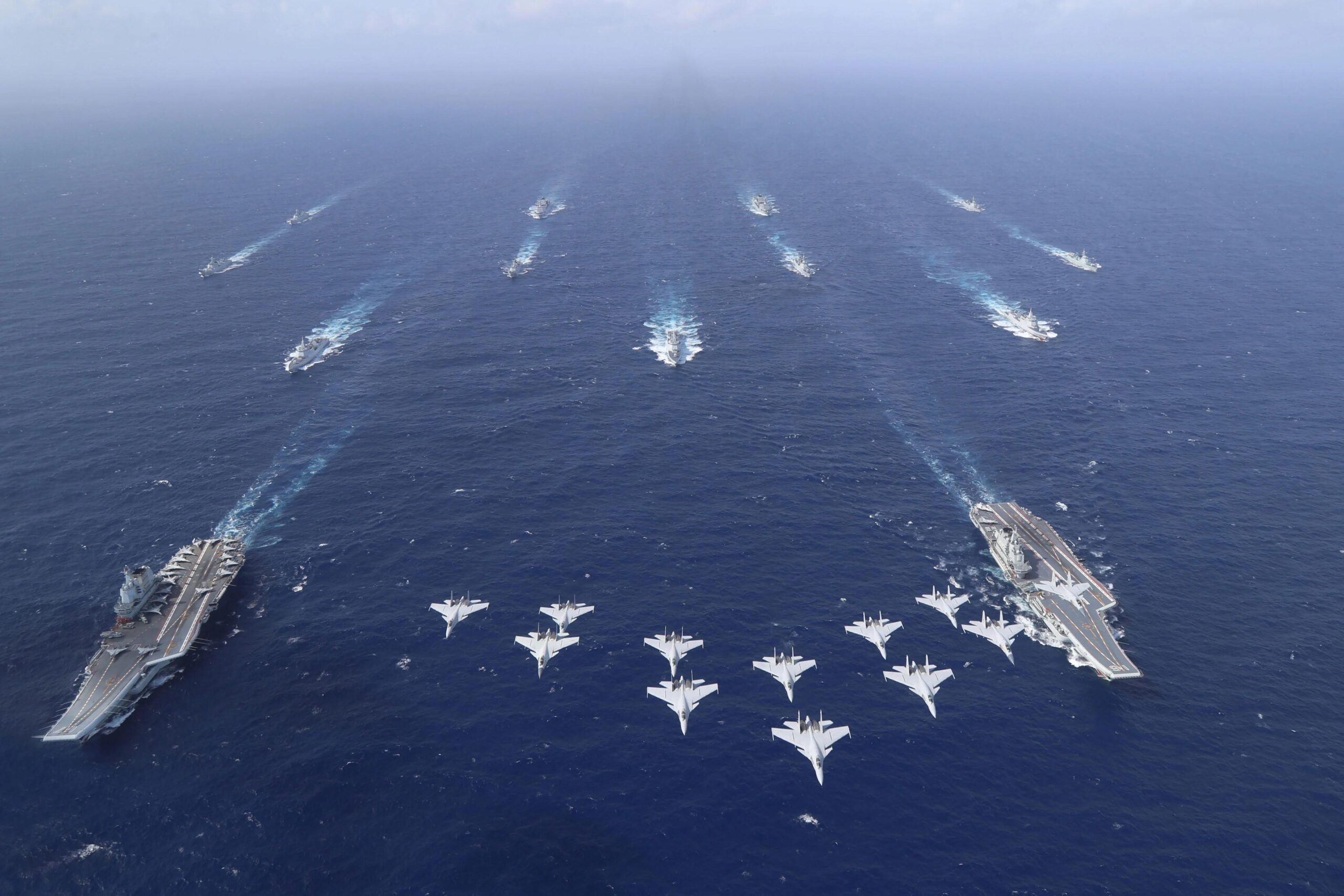










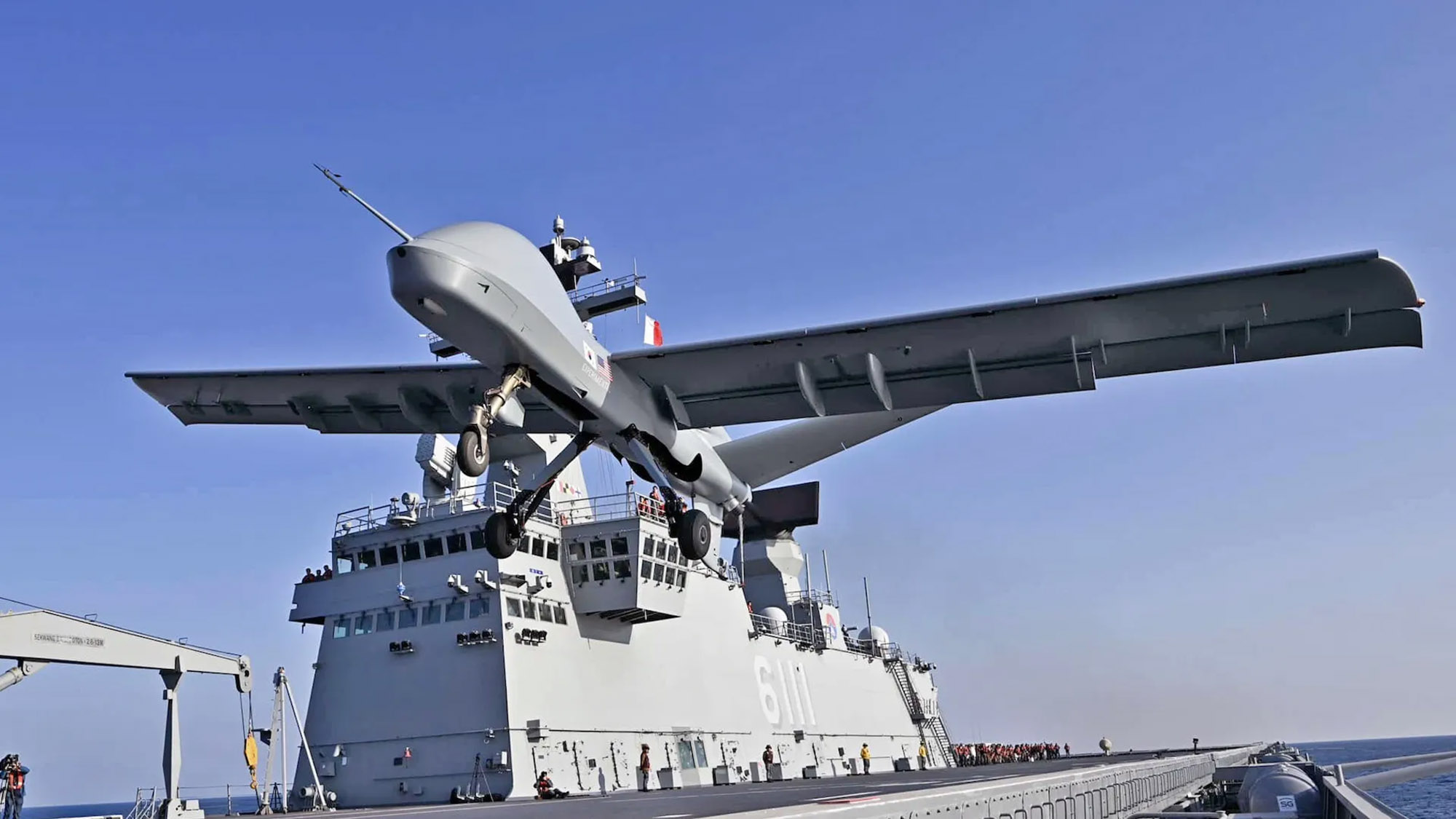



















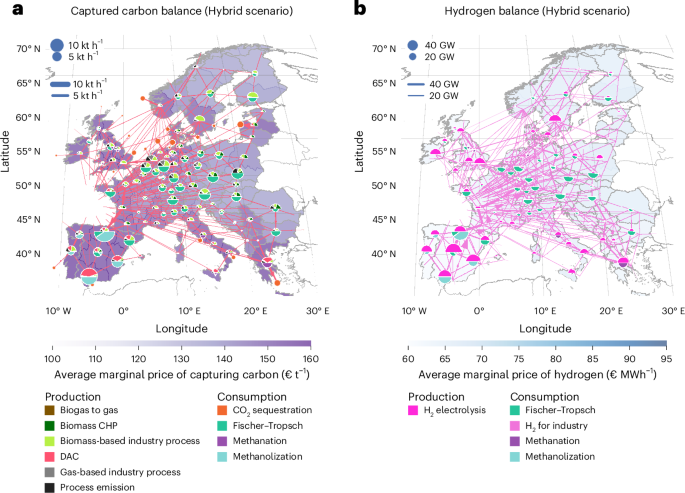
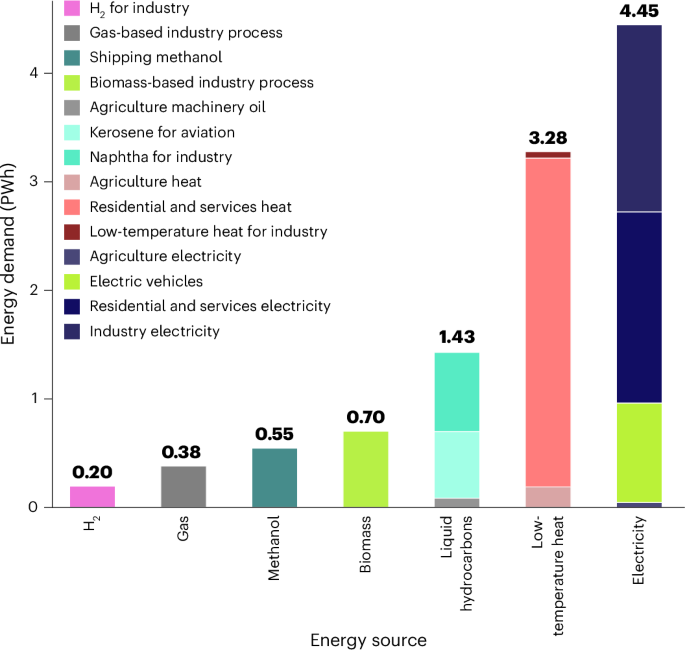
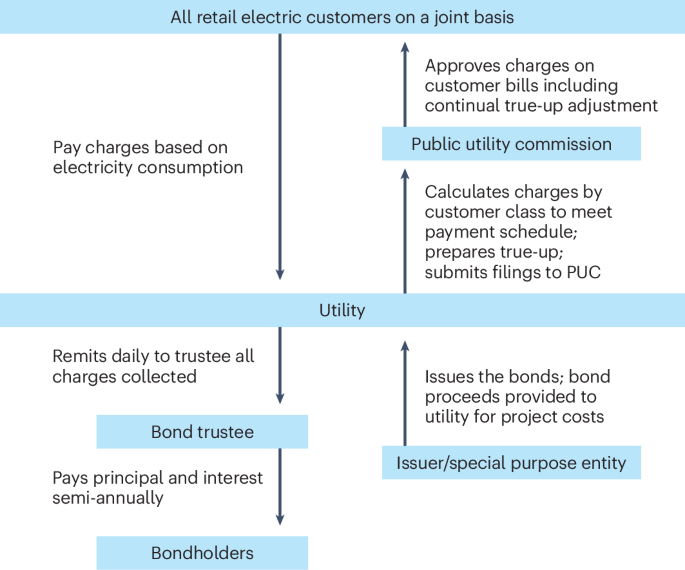
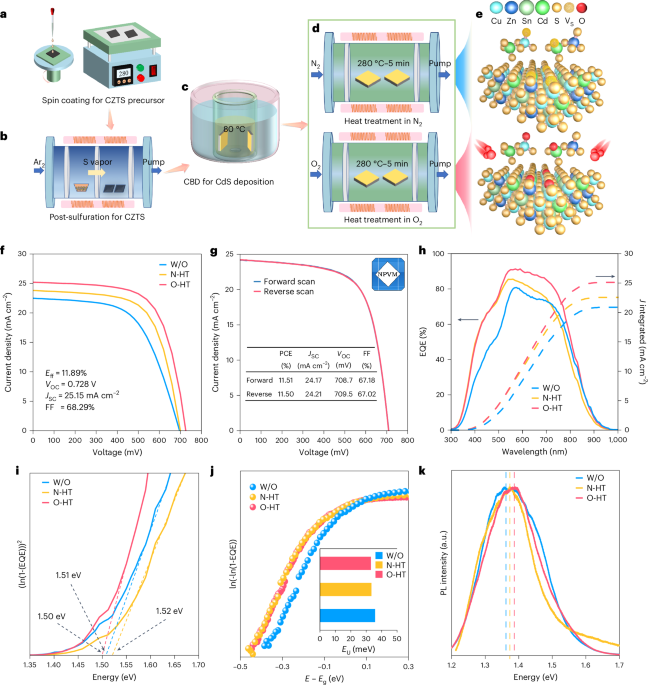












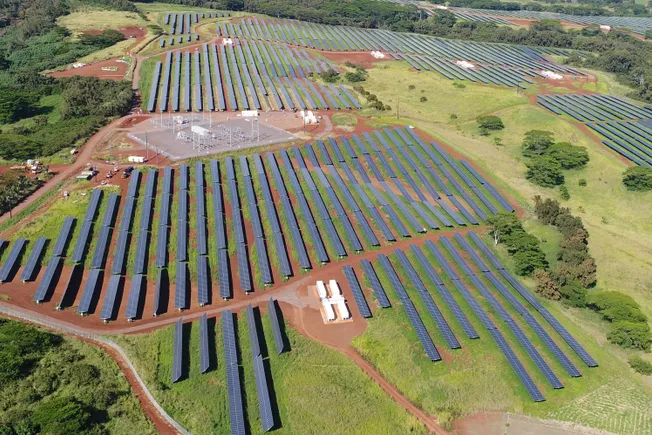






















.png)


